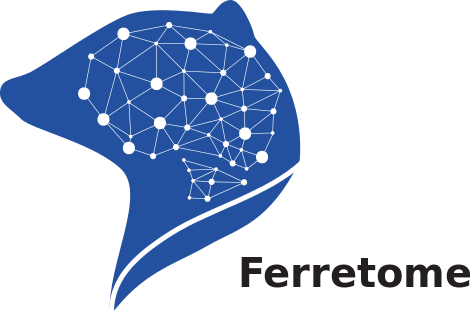Edit literature details
* First time you log in, please close the new tab and click on again.
Literature details:
| Authors list |
Wallace Mark N Harper Morag S |
| Title | Callosal connections of the ferret primary auditory cortex |
| Year | 1997 |
| Journal | Experimental brain research |
| Number Or Chapter | 116(2) |
| Page Number | 367-374 |
| Abstract | The callosal connections of ferret auditory cortex were studied by making multiple injections of wheat germ agglutinin-horseradish peroxidase into the middle ectosylvian gyrus or by packing crystals of horseradish peroxidase into the transected corpus callosum. The primary area (AI) had strong callosal connections that arose from somata mainly located in layer III. Other layers contained sparsely distributed cells that projected across the midline. The projecting cells occurred over the whole extent of AI but were not homogeneously distributed in layer III. The axons from these cells terminated mainly in the upper layers of the contralateral cortex, where they converged onto three discrete bands. The three elongated bands lay in a dorsoventral orientation, parallel to the tonotopic axis. They were slightly curved and had a fairly uniform width. The posterior band had a width of about 200 microm, while the anterior and middle bands were more variable and had widths of 300-800 microm. The centre-to-centre distance between the posterior and middle bands was 520+/-60 microm and for the anterior to middle bands was 620+/-210 microm. The retrograde labelling produced by the same injections showed that the cell bodies had a higher density in the terminal bands than in the intervening spaces. The bands of dense callosal connections appear to correspond to the binaural summation columns, which have been clearly demonstrated in the ferret, but direct evidence of this will need to be sought in a future study. The discrete nature of the callosal bands in the ferret appears to make it a suitable species for studying the relationship between callosal terminals and those arising in other areas of the brain and for clarifying the possible existence of separate functional systems within the auditory cortex. |
| PubMed web link | Click here to open in new window |
